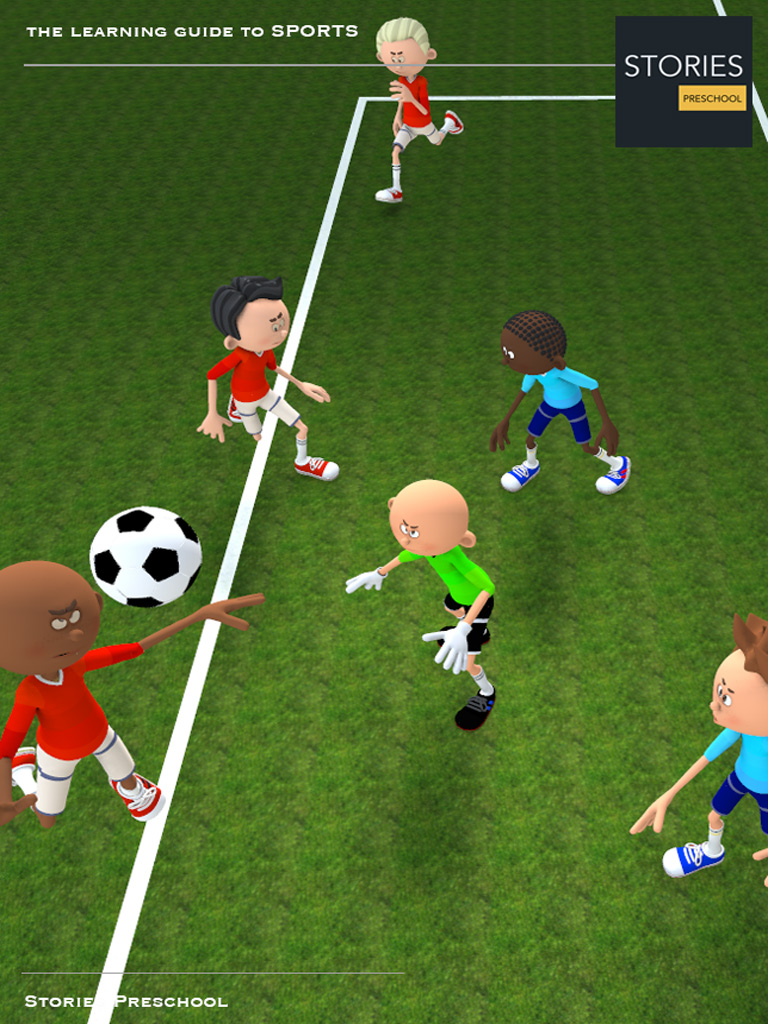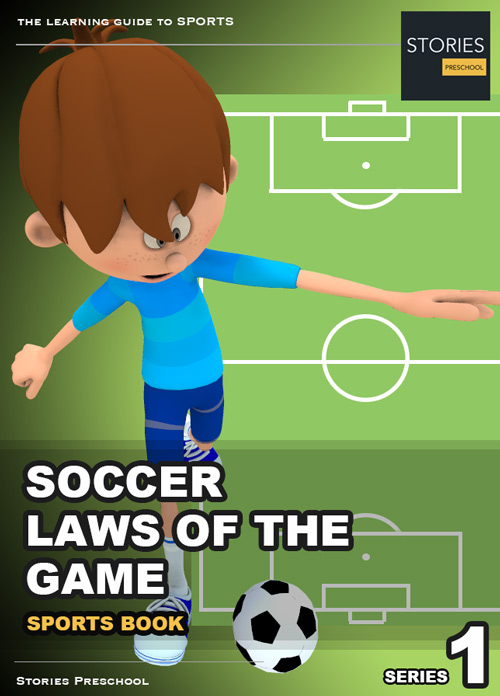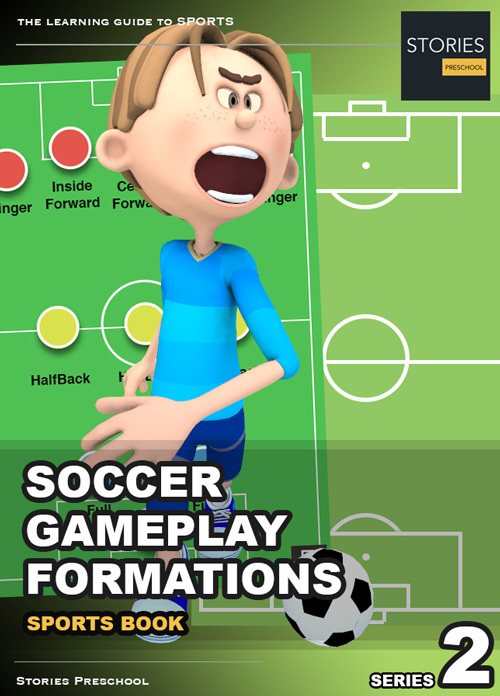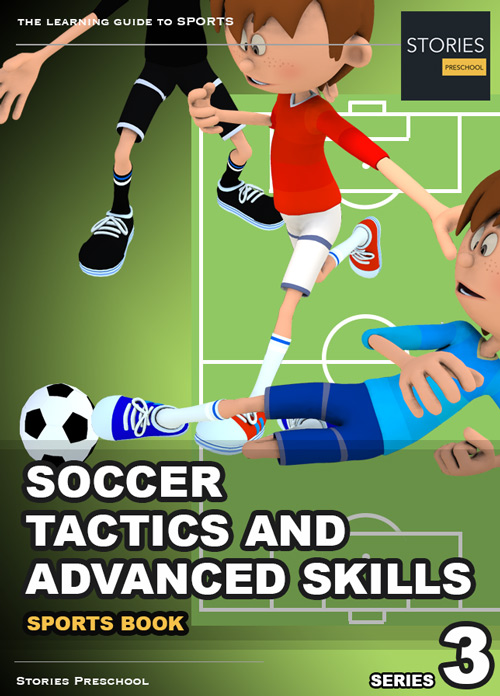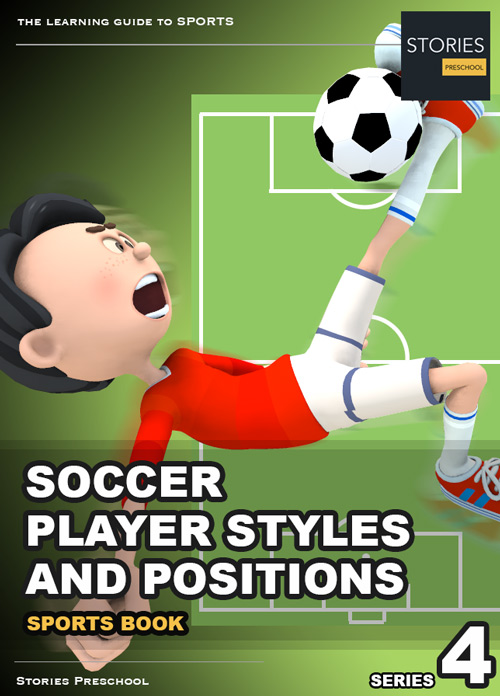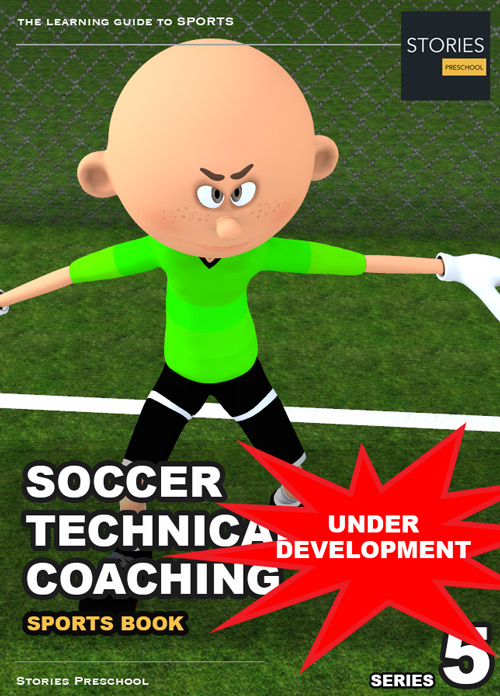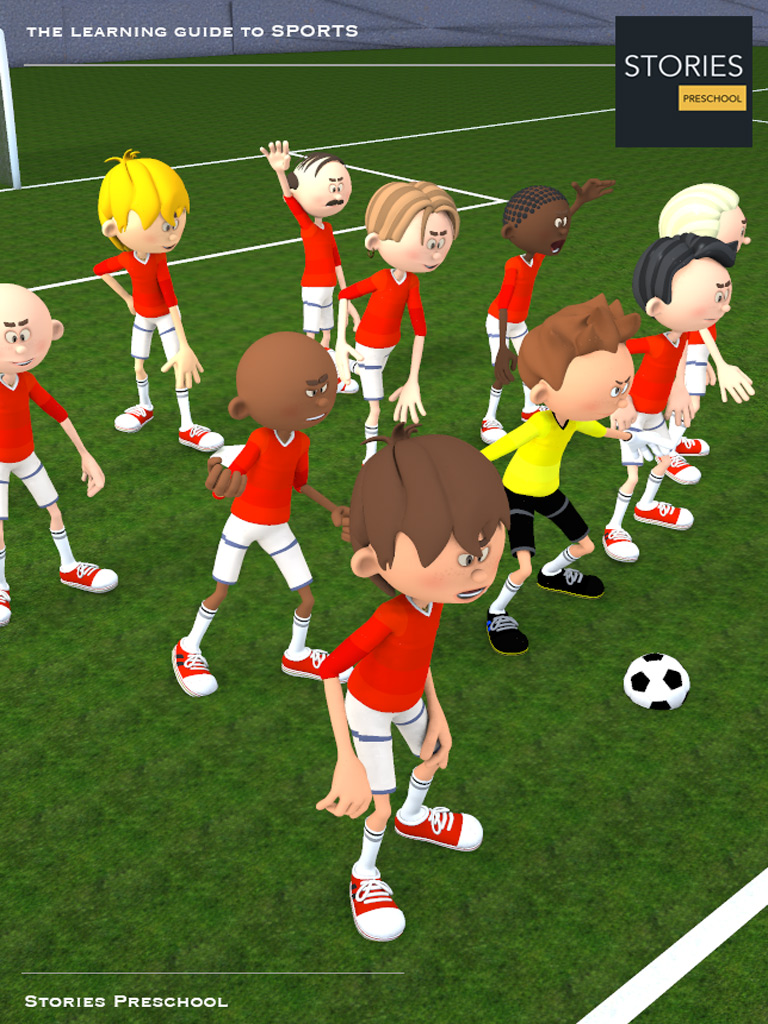Soccer
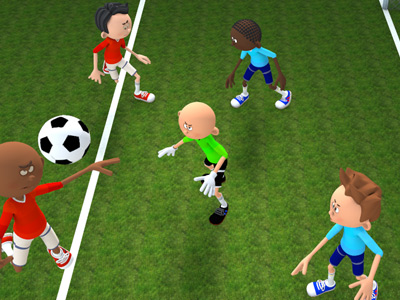
Soccer Marseille Turn
The Marseille Turn, also known as the 360, the Roulette, and the double drag-back, is a specialized dribbling skill unique to the game of football. Diego Maradona and Zinedine Zidane are arguably the most notable exponents of the move, thus it has also been known as the Maradona turn and Zidane turn.
Execution
The Marseille Turn can be simplified into three basic steps; the master foot drag-back, the body spin, and the weaker foot drag-back. It can be executed while the player is stationary or during a run. The first step may be performed with either foot (in which case the other foot performs the second drag-back), however it is more common for players to initiate it with their master foot, or the foot they most prefer to kick the ball with.
Master Foot Drag-Back
The move begins with the player facing the ball and the ball just a step away or less. The player launches off with his weaker foot, extends his master foot, steps lightly on the ball with the tip of his sole and pulls the ball along the floor towards himself. The foot should remain in contact with the ball momentarily only; once the ball is set in motion, the master foot continues in its original direction and lands on the floor to provide support for the second part of the body spin.
Body Spin
The Body Spin actually commences at the same time as the master foot drag back. The executing player throws his body forward over the ball as it is being pulled back. Concurrently, he spins his body 90 degrees by turning to facing the side of his weaker foot.
The second part of the body spin commences as the ball approaches the player's weaker foot; the master foot touches the floor and the player uses it to continue pivoting his body. He spins until he faces the direction of his master foot in his original position.
Weaker Foot Drag-Back
The player steps on the ball with his weaker foot as it approaches to stop its motion, then pulls the ball back with the sole of his boots, in the direction of his master foot in his original position. This drag-back is performed simultaneously with the second part of the body spin. With the completion of the body spin, the direction the player faces coincides with that of the motion of the ball.
Variations
Zinedine Zidane has been known to use different variations of the marseille turn. Instead of using his sole to drag the ball back in the move's first phase, he sometimes uses his instep, especially if he is performing the move while running at high speed.
The possible merits of this variation can be derived from the difference between stud-less training shoes and football boots with studs. The studs of football boots provide less contact area with the ball when compared to a stud-less shoe, thereby increasing the possibility of the move being unsuccessful. However, since Zidane has performed both versions of the move using studded boots, it is possible that his decision is based on instinct.
Franck Ribéry and Aiden McGeady have also performed slightly modified versions of the spin. The modifications include dragging the ball behind their standing foot instead of to the side during the first phase. The third phase also sees them using the outside of the boot in instead of the sole.
Uses and Effectiveness
The maneuver is most effective when the opposing player approaches head on or from the side of the player's master foot.
The first drag back enables the player to retain control of the ball by removing the ball from the arc of the opposing player's tackle. The body spin positions the back of the dribbling player's body in between the opposing player and the ball to shield the ball. The second drag-back changes the direction of the ball, and, when combined with the completion of the spin, allows for both player and ball to move in the same direction and hence gain momentum for a continued run or a shot.
When performed at speed, the maneuver is almost impossible to defend against as it incorporates a sudden change in direction with a continuous shielding of the ball. One tactic the defending player can call upon is to use his body to shove the dribbler off balance during the move. This may invite a foul called upon the defending player, depending on the referee's judgement. The reason players like Zidane and Maradona have been able to use it with a high success rate is due in no small part to their own considerable body mass, as well as their excellent balance.
The maneuver can also be used when the ball is going out of play away from the player. By using a lunging step for the first drag-back in the roulette, the player can prevent the ball from exiting the field of play and continue dribbling along the touchline in one fluid motion.
SPORTS
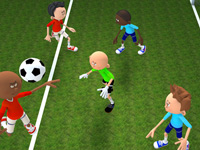
RESOURCES
This article uses material from the Wikipedia articles "Association football" and "Volley (football)", which is released under the Creative Commons Attribution-Share-Alike License 3.0.
© Stories Preschool. All Rights Reserved.
